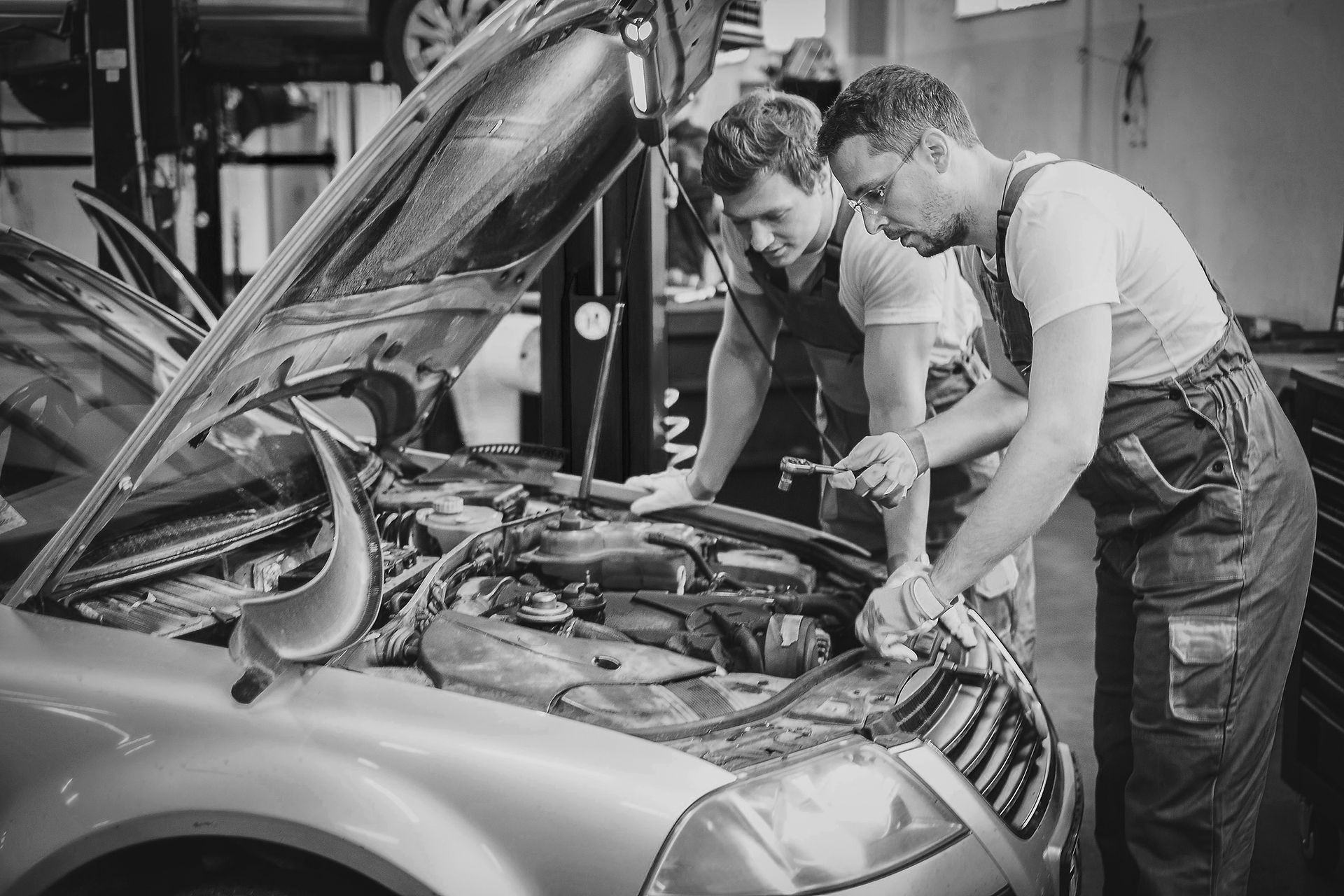Aero Design
- Duke FSAE
- Jul 17, 2017
- 3 min read
I've outlined why we're doing aero in a previous post; now I'm going to talk about how we're going to do it. As a recap, we want to maximize downforce while minimize drag and weight. We have other constraints too, such as the rules, manufacturing capability, and of course time and money. Even so, we are afforded a great deal of design freedom in aerodynamics. This year's aero package will consist of a front wing, a rear wing, and an undertray. The target I set (based on last year's testing results) was 400lbf downforce at 60mph, with equal distribution of downforce on the front and rear axles. Starting from last year's work, I decided on a 3 element front wing very similar to what we tested on last year and a 2 element rear wing. The decision to go with a 2 element rear wing was mostly due to the decision to try active aero- moving one element seemed a lot easier (and more realistic to do in one year) than moving multiple elements. The undertray design is somewhat constrained by the design of the frame and location of the wheels, and I think a little bit more work could be done to optimize the design. However, what's been done on the undertray so far has yielded results that I'm happy with.


From last year, I had a general idea of how much downforce I could produce with each of the aero elements. I was targeting ~100lbf (all the numbers will be quoted at 60mph) from the front wing, ~200lbf from the rear wing, and ~100lbf from the undertray. Turns out the front wing hit that target easily, while producing very minimal drag due to the drag reduction from the interaction with the front wheels. It could definitely produce less drag as well, but I'll take the extra downforce over the reduced drag. It doesn't seem to be overly sensitive in heave or pitch either, which is a good thing because that front end is going to move a fair bit. The rear wing I had a little more trouble with. Having only two elements makes it harder to produce
large numbers, but I stumbled across a pretty good design last year, early in my foray into aero. Turns out this wing in free stream flow can achieve CL ~ 2.1, L/D ~ 3.6. I've been able to do better with a three element wing, but it's not a huge difference and not worth the additional effort to make active aero work. I have to mention that the wing in free stream flow behaves very differently (performs poorer than free stream flow) than the wing on the car, primarily I think due to interaction with the diffuser and other parts in the low pressure region. But for optimization purposes, testing in free stream can highlight differences well enough to make a decision on the rear wing design. Starting with a baseline geometry, I changed parameters around such as element type, element size, element location, and element angle for each of the two wing elements. Using the visualization techniques (which I'll talk about at a later date), I ran over a hundred different wing designs in CFD before settling on this particular one. Is it optimal? Probably not, but the gains at this point won't be worth the additional time input (still have to design/build the rest of the car too...) The diffuser had about 20 iterations before I settled on a design I liked. It started out exiting the car behind the rear wheels, but ended up exiting in front of the a-arms. Why? That big rear wing does such a good job of creating a low pressure region in that area that it's more effective than the additional undertray area. I tried all sorts of aero devices to get the pressure differential, including small winglets at the diffuser exit (which I didn't end up doing - the rear wing does a pretty good job already, and the extra manufacturing complexity wouldn't be worth it). Plus, a smaller undertray is lighter, easier to manufacture, easier to install/remove, and I think looks better. In case you're wondering, yes, we hit our downforce target in CFD easily. There is definitely room for more, but I'm not sure I can design a suspension to handle any more due the wide range of speeds encountered on track. Of the total downforce, 40% comes from the rear wing, 33% from the front wing, and 27% from the undertray (at least from CFD). This actually leads to a balance that's pretty darn close to 50/50 with the mounting points that I've chosen. However, this is all from CFD, so there will be some (possibly a lot) fine tuning required. This is where a wind tunnel would be really useful.



_edi.png)

























